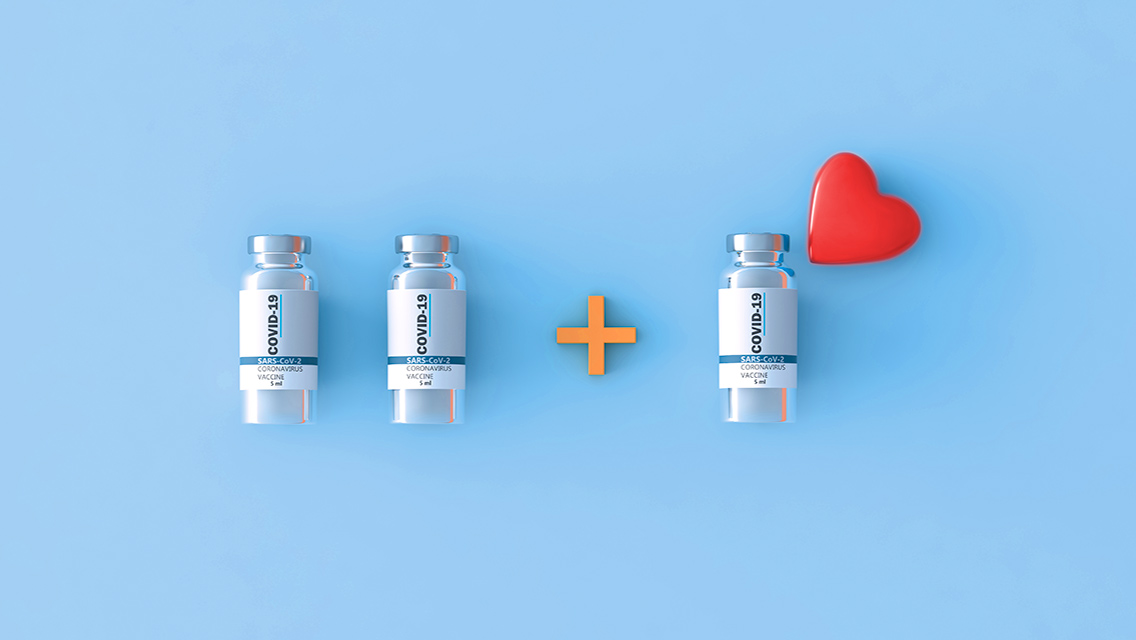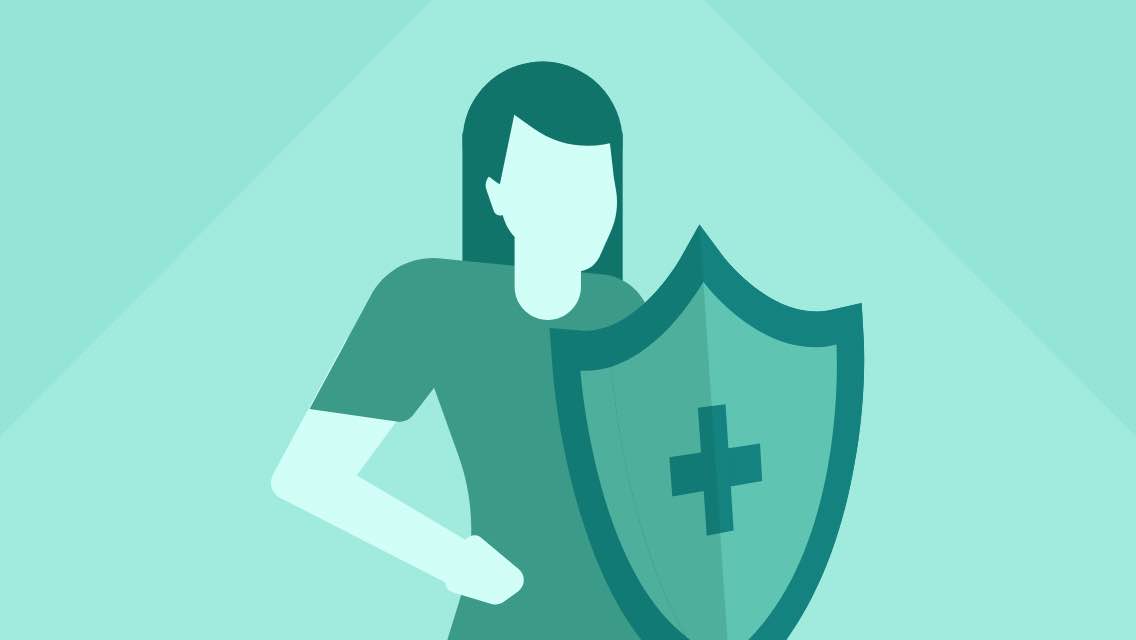You’ve no doubt noticed, as I have, that pretty much everybody is coming down with COVID these days. The cases are typically milder than during the initial phases of the pandemic, but the currently circulating Omicron variants still pack enough of a wallop that even those of us who have been vaxxed and boosted should be on guard: Of COVID-related deaths in the U.S., the percentage who had been vaccinated has risen from less than 20 percent last August to more than 40 percent in February.
And prior infection doesn’t seem to offer much protection either. I know a few people who have already suffered through a second bout with the virus, despite getting a full dose of vaccinations and the first booster. There’s plenty of evidence showing that immunizations are saving lives, but immunity wanes, and every new variant seems to be more transmissible than its predecessor.
You’d think those numbers alone would be enough to persuade more of my contemporaries to get all the available shots, but as Liz Szabo explains in Kaiser Health News, the obstacles they face are many and varied. And the federal government has not been particularly helpful.
“The booster program has been botched from day one,” argues Eric Topol, MD, director of the Scripps Research Translational Institute. “This is one of the most important issues for the American pandemic, and it has been mismanaged.”
The messaging has been muddled from the beginning, Topol says. The Centers for Disease Control and Prevention (CDC), for instance, has never included the booster shot in its definition of a “fully vaccinated” person. “If the CDC would say, ‘This could save your life,’ that would help a lot.”
But the agency has not made that clear, and though about 90 percent of seniors have received a full dose of the Moderna, Pfizer, or Johnson & Johnson vaccine, only 69 percent have rolled up their sleeves for the first booster.
A lack of consensus about the need for boosters among public-health agencies certainly slowed uptake. And the government’s staggered rollout — focusing on those with vulnerable immune systems last August, people over 50 in October, all adults in November, and kids 12 and up in January — didn’t help. Especially at a time when restrictions were easing, and Americans were finally emerging from their cocoons and eagerly anticipating the end of the scourge.
“We finally got to a place where we got people to get two shots, and then we said, ‘Oh, by the way, you need a third one,’” says LaTasha Perkins, MD, a Washington, D.C.–based family physician. “That was jarring for a lot of communities. ‘You convinced me to buy in, and now you’re saying that two shots aren’t good enough?’”
Distribution issues have also played a role in the lack of booster uptake, notes David Grabowski, PhD, a healthcare policy professor at Harvard Medical School. When the vaccines first became available early last year, the federal government actively coordinated delivery to thousands of sites across the country while aggressively promoting immunization. There’s been far less urgency — and effectiveness — from Washington in the distribution and promotion of the boosters.
“I felt like we were getting hit over the head originally and all roads led to vaccines,” Grabowski says. “Now, you have to find your own way.”
Nursing homes, understaffed and often poorly managed, are now responsible for procuring and administering booster shots for their residents. But those seniors may actually be better served than those living independently, who are left to search for the shot on their own amid a primary healthcare system that former CDC director Thomas Frieden, MD, calls “life-threateningly anemic.”
The system, Frieden explains, simply isn’t structured to handle a public-health mission. Providers haven’t invested in the technology necessary to securely track their patients’ vaccination history and reach out to them to schedule follow-up immunizations in a timely manner. And, not surprisingly, physicians have no financial incentive to keep their patients current on their shots.
And then, of course, there’s our yawning chasm of healthcare equity: Even before the pandemic struck, a large chunk of the U.S. population (about 78 million people) couldn’t claim a regular source of healthcare.
Those who, like me, are fortunate enough to enjoy access to a clinic may nonetheless find themselves flummoxed in their pursuit of a booster. Online scheduling systems can be difficult to navigate, and transportation options for some may be limited. “If people have to take two buses or take time off from work or caregiving for their family, people are less likely to be vaccinated,” notes Lori Smetanka, JD, executive director of the National Consumer Voice for Quality Long-Term Care.
All these obstacles have not prevented seniors here in Minnesota from answering the call: About eight in 10 of my counterparts have been boosted, the best showing of any state in the country, according to the CDC. And although that uptake offers some assurance against a virus that continues to mutate, reality has a way of intruding on complacency. My longtime golfing pal, the Commissioner, recounted last week how his 75-year-old vaxxed and boosted body battled through its second bout with the bug — much milder than the first time, but still. . .
The earliest appointment I could secure for my second booster is July 5. I’m tempted to call it COVID Independence Day, but something tells me freedom from this pandemic is still a long way off.





This Post Has 0 Comments